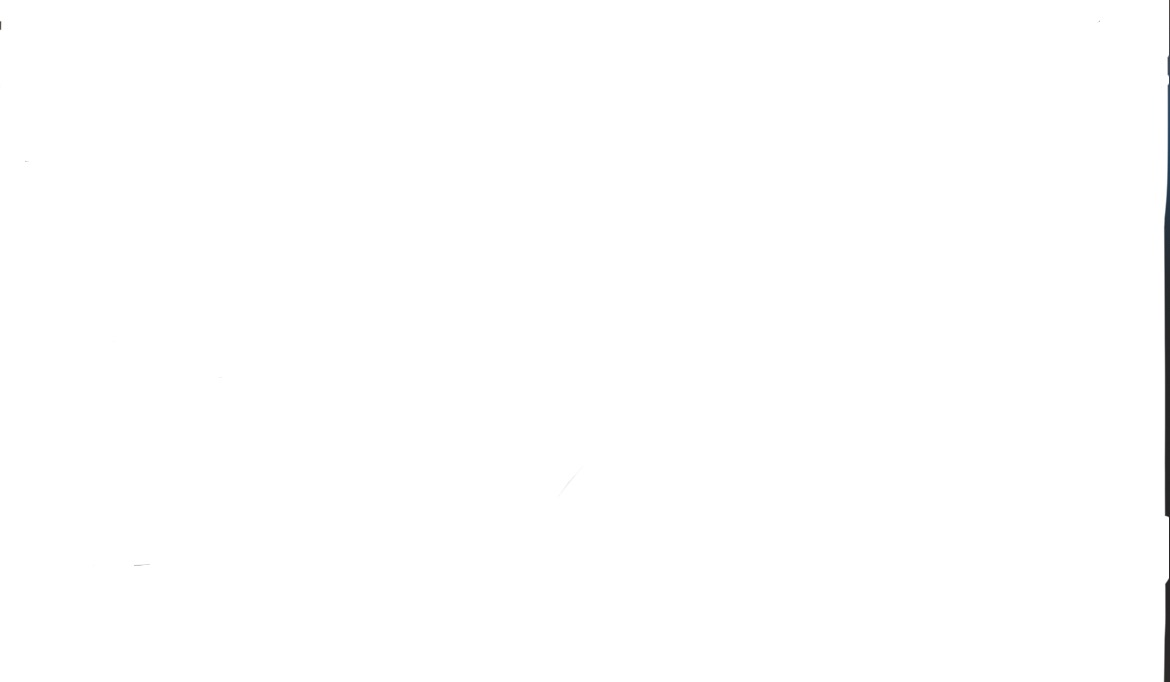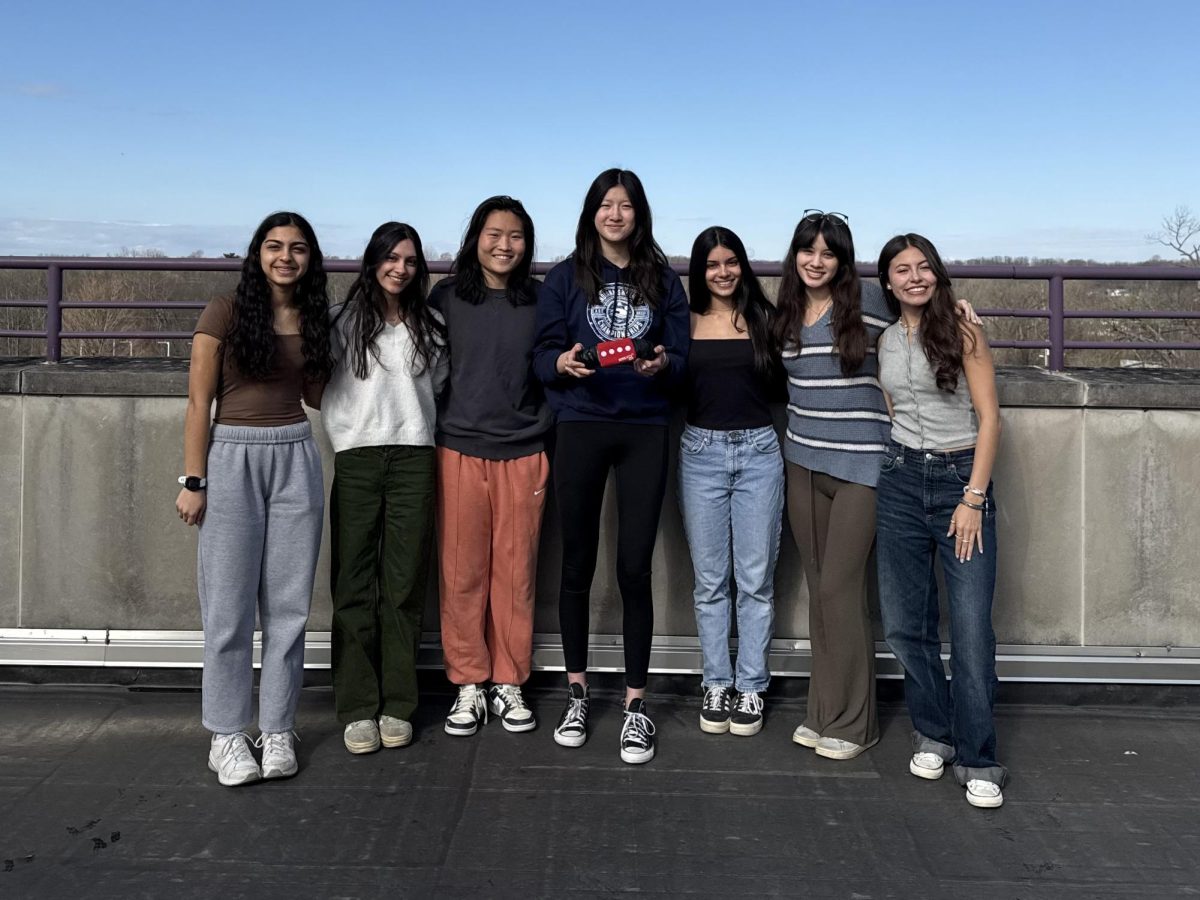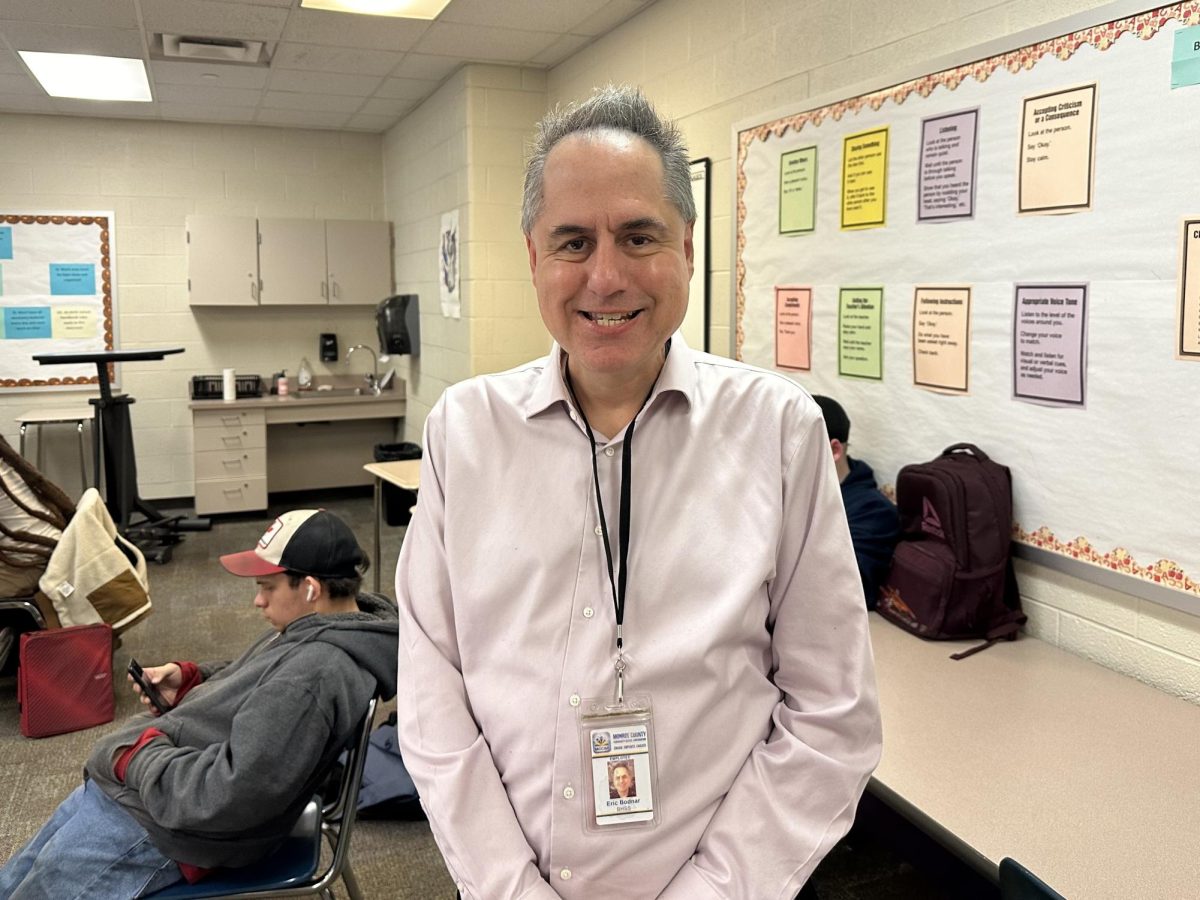AP U.S History teachers have decided to use last year’s textbooks in addition to the sleeker new models purchased for the 2015 – 16 school year.
APUSH students will regularly read selections from both texts to prepare for the AP test.
“We’re using both [books] to enrich the content for the students,” APUSH teacher Philip Kluesner said. According to Kluesner, he, and fellow teacher Pat Carroll, decided to integrate the old book into class because the new book covers the AP standards, but doesn’t go in depth on topics students need to learn.
Kluesner plans on switching between books depending on the topic, and how well it is covered in each text.
“The new book only talked about women and Native Americans,” junior APUSH student Adrienne Beneish said. “[The older book] talks about the white guys.”
Beneish said she appreciates having a balance of people and events covered in her history classes and likes to learn the motives behind the actions of historical figures.
The shift back to content from the old book begs the question: what is important? With limited time to teach, it is up to the book and the way teachers use them to determine what is covered.
“Facts are your foundation,” history teacher Matt Hoagland said. In classes he focuses on developing students’ understanding of basic events before he shifts to interpretation of facts.
Hoagland said that looking at historical events while considering today’s events is helpful for students to understand information on their own terms. He said that judging events by modern standards can be useful.
“We can judge [events] to some degree. We have to,” he said. “Otherwise what’s the point.”
When teaching history, Hoagland believes there is always a bias. The teaching is affected by how conscious the teacher is of their bias, and how explicit the bias is.
“Even trying to be objective there is a bias in what you teach,” he said.


